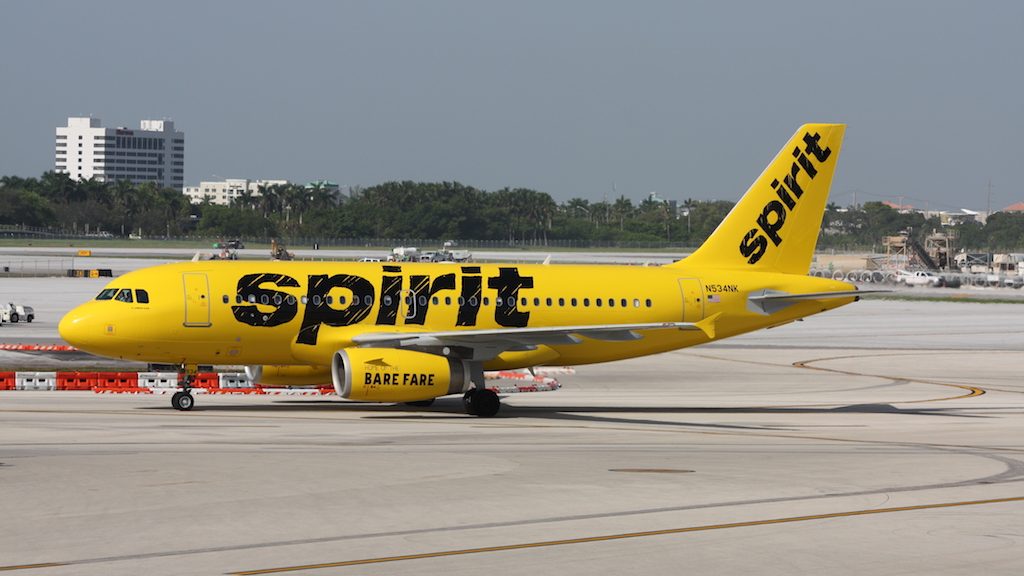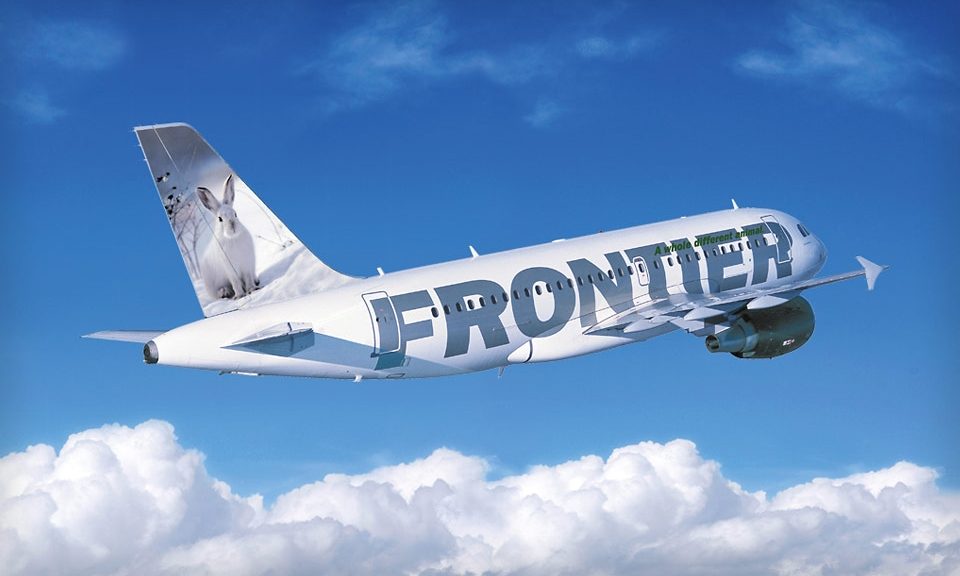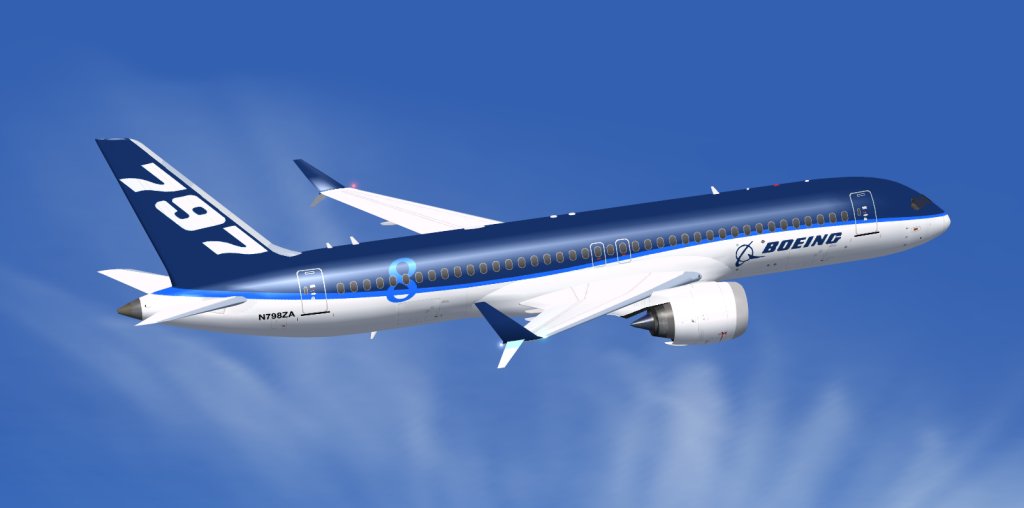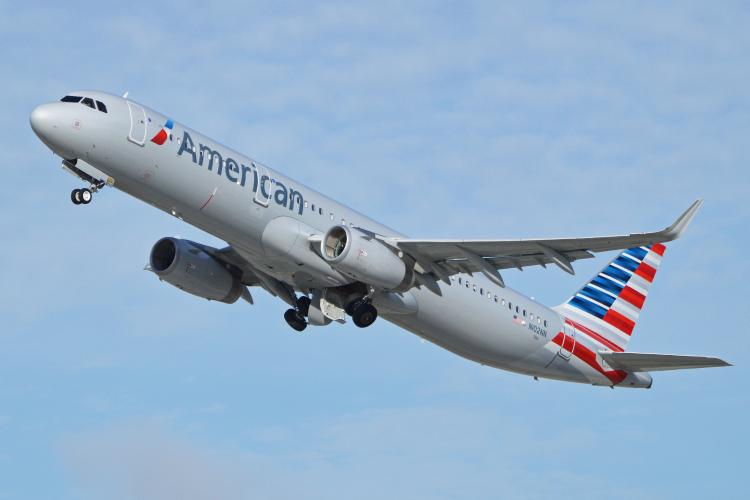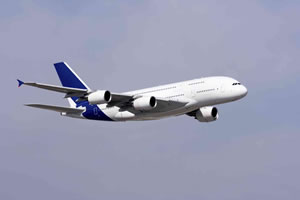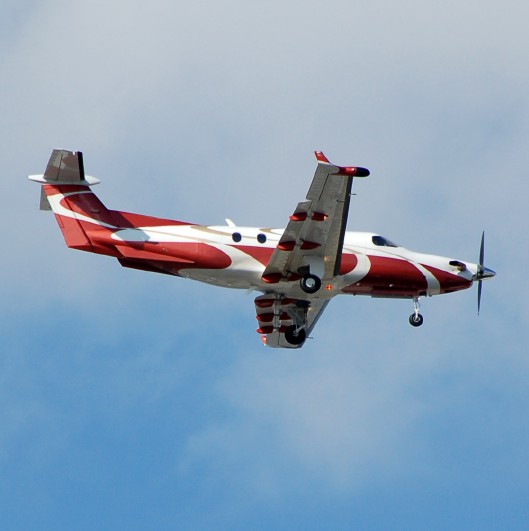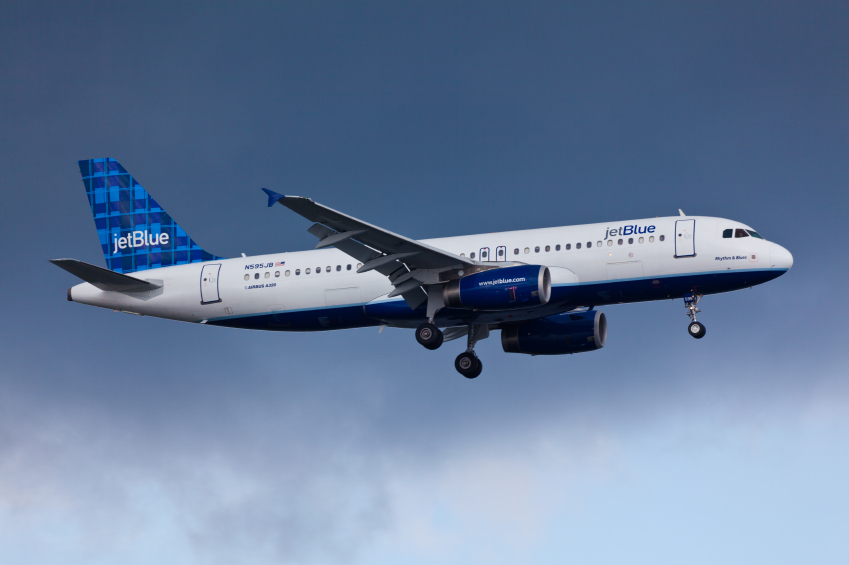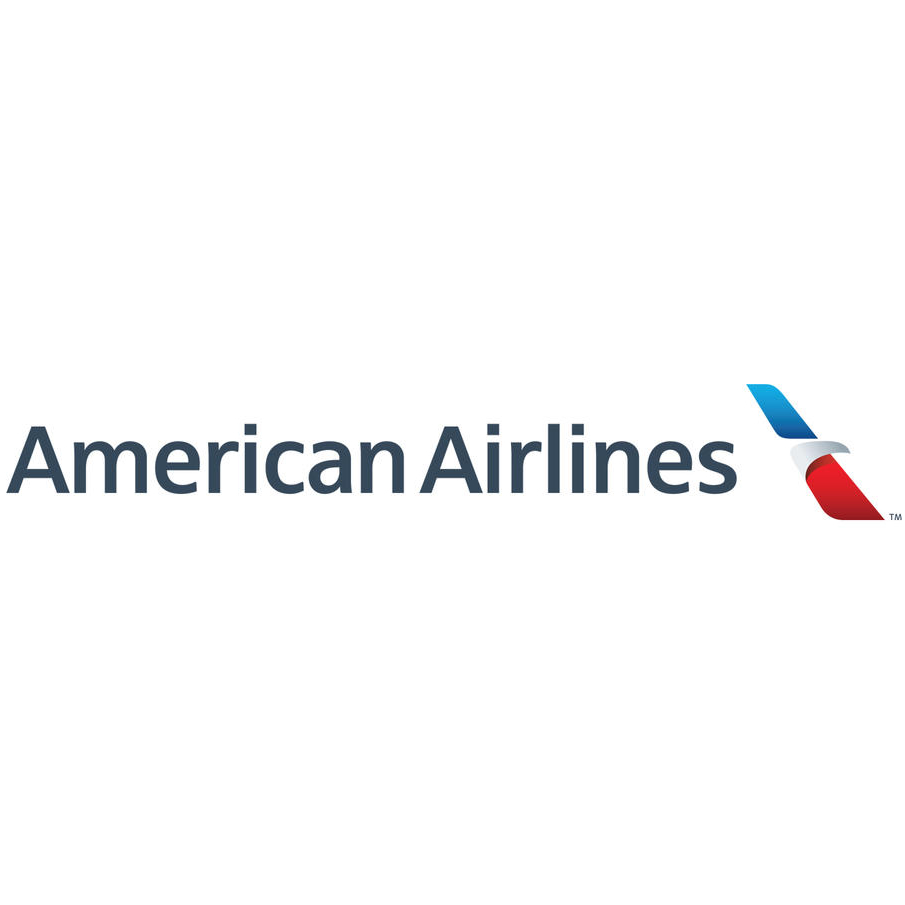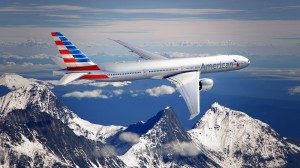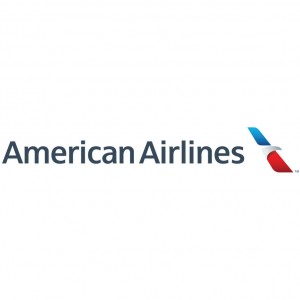After over two years of negotiations the pilots of Spirit Airlines will begin voting whether or not to strike on August 21. Voting will end on September 8th.
Category Archives: Pilot Profession
Frontier Pilots Possible Strike
Frustrated by the slow pace of contract talks, the Frontier Airlines MEC voted unanimously to conduct a strike authorization ballot which will open on August 22 and close September 8th.
Boeing “797” News Released at Paris Air Show
Boeing has released that it plans to launch a new aircraft model dubbed by many as the “797”.
Boeing hopes to have the new airplane flying with airlines by 2025.
Plans are for the new aircraft model to serve markets in between the long range 787 and the short range 737. The airplane is planned to seat between 220 and 270 passengers in a twin aisle configuration with a range of up to 5,200 miles.
American Airlines Pilots Receive 8% Mid-contract Raise!
American Airlines has offered it’s pilots an 8% raise effective May 1, 2017. This mid-contract pay raise was offered to the pilots without any contract concessions and is nearly two years prior to their current contract amendable date.
Getting to a Major Airline
This might come as a shock to many pilots but we are not special in the mind of the recruiter. We are a piece of the equation that needs to be in place to make the machine of the airline work. Yes we are a key piece, however, a piece just the same. Doing the job correctly and not making waves is the main concern of the recruiter.
You do not have to be the best; sometimes just good enough is good enough. Most companies now are moving towards a computer based algorithmic way of hiring. The applicant with the most boxes checked by the algorithm gets the call for the interview. Once you have checked a specific box focus your attention to the next box that is “checkable.” Airlines Apps has taken a previously complicated and time-consuming endeavor and simplified the process. Now a pilot looking for a job will fill out a basic application and then any airline that he or she wants to apply for will only have a small addendum to fill out. Airlines are looking for ways to only interview the best applicants; the digital age has made it easier for them to run as many specific filters as they desire and refine their search criteria as appropriate. Thereby making the most effective use of their interviewers time.
Getting hired is a full time job. Often I hear how hard it is to get an interview and that why are they not calling me now. The first question I ask is how much time have you been putting towards getting hired. The most typical response is, “well I filled out the application.” You will need to put time and effort into getting noticed even more so this day and age because it has become very easy to gauge applicants against other applicants. Examples of the time and effort are; going to each and every job fair, visiting forums to get the latest information on what the company is doing, or even jump seating just to talk to pilots at the airline that you are interested in. All of the items listed are just an example of the basic things that you should be doing to get a call to interview. Plato Rhyne, President of Airline Apps, suggests that when filling out the application do not be in a hurry and actually, read and answer, the actual question asked. Too many times applicants make errors in punctuation and grammar. Remember you are applying for a job that is detail oriented; make sure you act the part.
You should always look your best and be ready to subtly talk about how you are looking for a job and try to make a connection other than aviation. You never know whom you will meet at a job fair or on the jumpseat. Going to a job fair may seem like a waste of money: you will wait in line for hours, talk to the representative for maybe five minutes and then be pushed to the side. These job fairs are some of the best investments in your career progression out there right now. They are all tax deductible, and the people that you meet after the job fair and during; could help you out in some way that you never imagined. Networking is a term that is thrown around a lot and not many pilots know the full reach of it. That mainline pilot that commutes out of the same city as you, or the neighbors friend that is a pilot at XYZ airline are both people that you should build a rapport with. That being said, do not be the guy that the first thing out of his mouth is, hey can you get me a job. Immediately that puts a bad perception in the others mind. Give before you get. If it is only down to the jumpseat and you have time to spare pass it along to the mainliner, you will see him again and he will remember. Be subtle with getting on a topic of getting a job. Let them lead the conversation to that topic.
Just like pilots have friends and visit forums about our profession so do recruiters for airlines. There are top tier candidates that get on the radar of many recruiters and will get many job offers. These top tier candidates are only about 5% of the pilot population and worked hard to get that top slot. Each airline has their own “identity” that they try to match each candidate to; use the keywords that identify with that culture.
When a computer is scanning thousands of resumes and cover letters it does not care how you got into the stack it is only looking for the preprogrammed descriptors to narrow down the stack for a human eye to make the final cut.
By Bart Adams
First Officer / Freelance Author
Works Cited.
Rhyne: Plato. 2014, (March18). Telephone Interview.
The Single Pilot and the PC-12NG
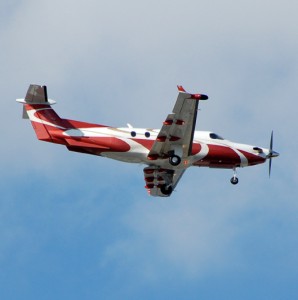 Single pilot (SP) IFR flying is a perfectly choreographed tango between the pilot and his/her skills (stick & rudder, knowledge, experience, common sense, systems management), and a dance partner (aircraft) with just as much capability. Luckily for us, the PC-12NG is the perfect dance partner. What’s more, there are many ingredients to a successful SP IFR flight. Most are taught at the very basic level of IFR training; however, as aircraft become more technologically advanced and pilots stray from the “fresh out of instrument training” mentality, the outcome is not always one that is consistently safe. Consistency and standardization are what we strive for as PC-12 drivers. We must remember the basic concepts learned on the initial IFR rating (preflight planning, SOP’s, cockpit organization, remaining AHEAD of the aircraft, utilizing time efficiently, SRM-Single pilot Resource Management, ATC management, and flying the airplane) and use these together with the latest automation to yield successful outcomes. Follow along as I take you on my SP IFR flight departing KPTK to KOXC. As the flight unfolds, I’ll run through my thought processes and procedures used to accomplish a safe flight. It is my belief that you’re only as successful as your last flight; my knowledge is not gospel. Rather, these are my techniques that I used to safely fly many SP IFR flights. Though confidence is a useful tool when making SP decisions, over-confidence WILL get the best of you. Additionally, as you progress through the article, you’ll see techniques I find useful in bold. Let’s begin.
Single pilot (SP) IFR flying is a perfectly choreographed tango between the pilot and his/her skills (stick & rudder, knowledge, experience, common sense, systems management), and a dance partner (aircraft) with just as much capability. Luckily for us, the PC-12NG is the perfect dance partner. What’s more, there are many ingredients to a successful SP IFR flight. Most are taught at the very basic level of IFR training; however, as aircraft become more technologically advanced and pilots stray from the “fresh out of instrument training” mentality, the outcome is not always one that is consistently safe. Consistency and standardization are what we strive for as PC-12 drivers. We must remember the basic concepts learned on the initial IFR rating (preflight planning, SOP’s, cockpit organization, remaining AHEAD of the aircraft, utilizing time efficiently, SRM-Single pilot Resource Management, ATC management, and flying the airplane) and use these together with the latest automation to yield successful outcomes. Follow along as I take you on my SP IFR flight departing KPTK to KOXC. As the flight unfolds, I’ll run through my thought processes and procedures used to accomplish a safe flight. It is my belief that you’re only as successful as your last flight; my knowledge is not gospel. Rather, these are my techniques that I used to safely fly many SP IFR flights. Though confidence is a useful tool when making SP decisions, over-confidence WILL get the best of you. Additionally, as you progress through the article, you’ll see techniques I find useful in bold. Let’s begin.
Conditions: Late November, night, IMC.
Planning considerations:
1) Single engine precautions- Terrain, performance, weather, altitudes, etc.
2) Freezing levels (Use of on board de-icing equipment as a way to safely depart icing conditions. Not a license to stay in it)
3) Fuel: Route, approach, missed approach, and alternate fuel per FAR’s.
4) Preferred routes– Plan what you’re most likely going to receive, rather than something based on assumption.
5) Suitable destination alternate and “escape plans” to mitigate as much risk
as possible along the route.
Remember, you’re exponentially better off making as many decisions as possible while on the ground. Subsequent decisions made in the air are that much more consuming. The planning stage is now complete and we move on to aircraft prep. Stepping into the airplane, the first thing I do is organize and situate myself in a methodical manner. Luckily for the single pilot, organization is made easy due to the ample room up front- sans co-pilot. Cerebrally, I’m running through a flow and then subsequent checklist; a theme you’ll hear repeatedly. Next I place my printed flight plan and scratch sheet on a clip board (because loose papers are a single pilots’ nemesis in IMC). I keep them neatly in one place. Doing so helps facilitate (1) knowing exactly where loose leaf information is kept, and (2) makes for easy retrieval in the dark. Once situated, I configure the airplane. I’ve flown the PC-12 for a while. I understand the airplane and my procedures well; however, I still follow my flow and checklist procedures to a ‘T’. I can’t stress this enough. So many things happen simultaneously, it would be an injustice to operate otherwise. Similarly, you’ll hear me use “call outs” as if I were with a second pilot, in order to keep the standardization. After all the preflight checklists/setups are complete, I give a final check of the weather en route and at my destination (hail to the Ipad!) and we’re ready to go.
The winds are light, and the departure runway is my choice. I elect to take off from 9R- the runway that will allow me to have the ILS right behind me should I need to make a 180 back (altitude dependent). I select it in preview. Again, better to set it and forget it than struggle in IMC at 1000ft. The radar’s on (to actually see what’s ahead), checks are complete, and we’re off. Regarding NEXRAD, well, it’s a beautiful thing, but understand its limitations: Be aware of its time delay!
Advancing the power, I’m listening to the engine, sensing normal acceleration, and I’m watching the gauges simultaneously uttering my “callouts.” I rotate. No runway remaining, gear up. 400ft, I retract the flaps and at 1000ft, I’m running the climb flow and checklist. As I proceed upward, I’m hand flying with the flight director on. (No need to practice raw data flying in solid IMC) Why, you ask? Well, I like to hand fly shortly after takeoff in order to (1) understand the aircraft in the current conditions (2) bring my basic instrument scan up to speed, (3) keep things simple (automation wise) while close to the ground, and (4) have a little fun! After all, we’re Pilatus pilots; we fly because we enjoy the act of flying. Why drive a Porsche if all you want to do is sit back, set the cruise, and let the car drive you! We’re now picking up a little ice passing through 8,000ft and I’ve turned the autopilot on enabling me to focus on other necessary tasks as SP. I do disengage the autopilot periodically to feel the handling characteristics with the ice. I’m consciously aware that the autopilot can mask symptoms of “funny aircraft behavior.” Freeing my brain from having to move control surfaces, I now have time to manage the flight, evaluate “escape plans”, should a troubling situation arise, and search for my final cruise altitude, taking into account the environment and “emergency time” as a function of altitude and thus glide distance above the ground. Again, the beauty of the PC-12 is the flexibility in altitude planning. Though my planned Altitude was 25,000ft, I’ve settled on 21,000ft. A change in plan, yes, but as long as you’re managing your tasks and again have done your homework on the ground, you’ll find that any change is not a big deal. You’re prepared. Adjust and amend are important parts of single pilot flying.
In a crew environment, things generally calm down upon leveling off. As a SP, this is when I start taking advantage of down time. We’re now level, so I begin to plan for the descent, approach, and missed approach, should I have to initiate. I do so with the following: A check of destination weather- I’m assessing the reported winds, visibility, ceiling, and any other pertinent information; an initial runway plan according to the winds and visibility; subsequently building the approach by putting it into the FMS (As an aside, I set the full approach in order to have all fixes at my fingertips),then I place ATIS in standby radio two (yes, we’re far out, but I have it in there ready to go); and lastly I pull up the plate on the chart preview, briefing/ building everything I can. Sure, I’ve flown this approach many times; however, as a SP, complacency will be your worst enemy. For that matter, complacency is the enemy of a two, three, or a four person crew! Prepared as possible for the later stages of the flight, I can now focus on talking with ATC, finding shortcuts, andmonitoring the weather below me, near me, and at my destination. This helps me understand weather trends, and then I repeat all over again. Doing so helps me to remain vigilant, ready for a change, and demonstrates good airmanship.
Beginning my initial descent, there’s no sense of urgency now that I’m prepared. I’ve listened to ATIS and I’ve already called “in range.” The descent checklist is complete; I’m ahead of the curve. Descending back into the clouds I’m now picking up ice again. Remember, as part of good SRM, use ATC to your advantage. Ask for reports ahead and listen to others in the area and always remember that you’re PIC and it’s your butt in the seat. If you don’t like something, say something! Getting closer now, we’re leveled off on vectors to the approach. All checklists are done and the approach is loaded from earlier. I have a minute before our last vector to intercept, so now is a good time to set radio 2 active frequency to CTAF (making sure PCL lighting is the same frequency), announcing my position (still listening on radio one of course), and clicking the PCL 7 times to light up my arrival. I proceed to check outside for ice again. The GS is now coming in. I’m configuring the airplane and mentally preparing to head down. GS captured, I set the missed approach alt and I call out 1000ft above on profile; 500ft above on profile; 100ft above; minimums; runway in sight! (Autopilot off) We touch down, complete the after landing checks and taxi in. Another safe single pilot IFR flight accomplished!
The moral of this story is that the PC-12 is an inherently capable IFR airplane for single pilot flying. The systems on board and the manner in which the information is presented make the ergonomics of handling an IFR single pilot flight manageable and downright fun. Nevertheless, it’s up to you as the pilot to manage your PC-12 systems knowledge, stick and rudder skills, standardization, and workload management to facilitate a systematic and thus safe approach to flying alone. Common sense will also take you a long way.
Todd Hotes
Chief Pilot
Polymer Resources, LTD.
JetBlue Pilots Vote ALPA
JetBlue pilots overwhelmingly vote in ALPA as their CBA! After twice rejecting bids to unionize in 2009 and 2011, JetBlue Airways pilots overwhelmingly agreed to be represented by the Air Line Pilots Association, the union said on Tuesday. The Airlines Pilot Association said 71% of JetBlue’s 2,529 pilots voted to unionize.
ALPA said it would now focus on establishing representatives and negotiation committees and on working to negotiate the airline’s first collective bargaining agreement. It said JetBlue pilot members would immediately be entitled to ALPA’s medical advisers and insurance benefits.
Today, JetBlue pilots have voted for ALPA representation so that we have the ability to improve our professional careers,” said Captains Gustavo Rivera and Rocky Durham, co-chairmen of the JetBlue Organizing Committee.
Submit an Interview, Win an iPad!
Have you submitted your last pilot interview experience with us? What are you waiting for? Help your fellow pilots by sharing your experience today! Not enough incentive to share your experience? How about a chance to win a new iPad mini?
Submit your pilot interview experience today and possibly win a new iPad mini!
New AA Logo and Livery Revealed!
American Airlines revealed today their new logo and aircraft livery today. Although very modern, it is quite a departure from the old logo. The livery is also much more modern although some are critical of the new paint scheme, particularly the tail.
Here is American’s new logo and livery for you to review:
Tweeting and Terminations: It can happen!
 I recently discovered Facebook. I know what you’re thinking, “Where have you been?” I will have to admit, it is a lot of fun to see what all of my friends are doing. By the same token, I’m still not a huge follower of any of the social networking sites due of privacy concerns. Needless to say, I have been very guarded with my photos and personal/family information with regards to the social networking scene. Just as I started to “loosen up” and thought about posting some family trivia to my Facebook page, I received a call from a seasoned Captain that stopped me immediately in my tracks.
I recently discovered Facebook. I know what you’re thinking, “Where have you been?” I will have to admit, it is a lot of fun to see what all of my friends are doing. By the same token, I’m still not a huge follower of any of the social networking sites due of privacy concerns. Needless to say, I have been very guarded with my photos and personal/family information with regards to the social networking scene. Just as I started to “loosen up” and thought about posting some family trivia to my Facebook page, I received a call from a seasoned Captain that stopped me immediately in my tracks.
For simplicity sake we will call this person John. John stated that he had recently been fired from a long term flying job because of a situation in his background that he had been so careful not to disclose to any of his co-workers and especially his employer.
Four years ago John was arrested and convicted of a crime. He did exactly what the court required, completed his probation, paid his fines and then retained a lawyer to have his records expunged. Because of the expungement proceedings, John felt that he could keep the embarrassing matter to himself and not have to discuss it with anyone, ever again.
Last month, as John was preparing for one of his trips, he received a call from his Chief Pilot. John was asked to stop by the office before checking in for his shift. John was greeted by the Chief Pilot, the Director of Operations, and the Director of Human Resources. After sitting down, John was handed a piece of paper that had been printed from the internet.

